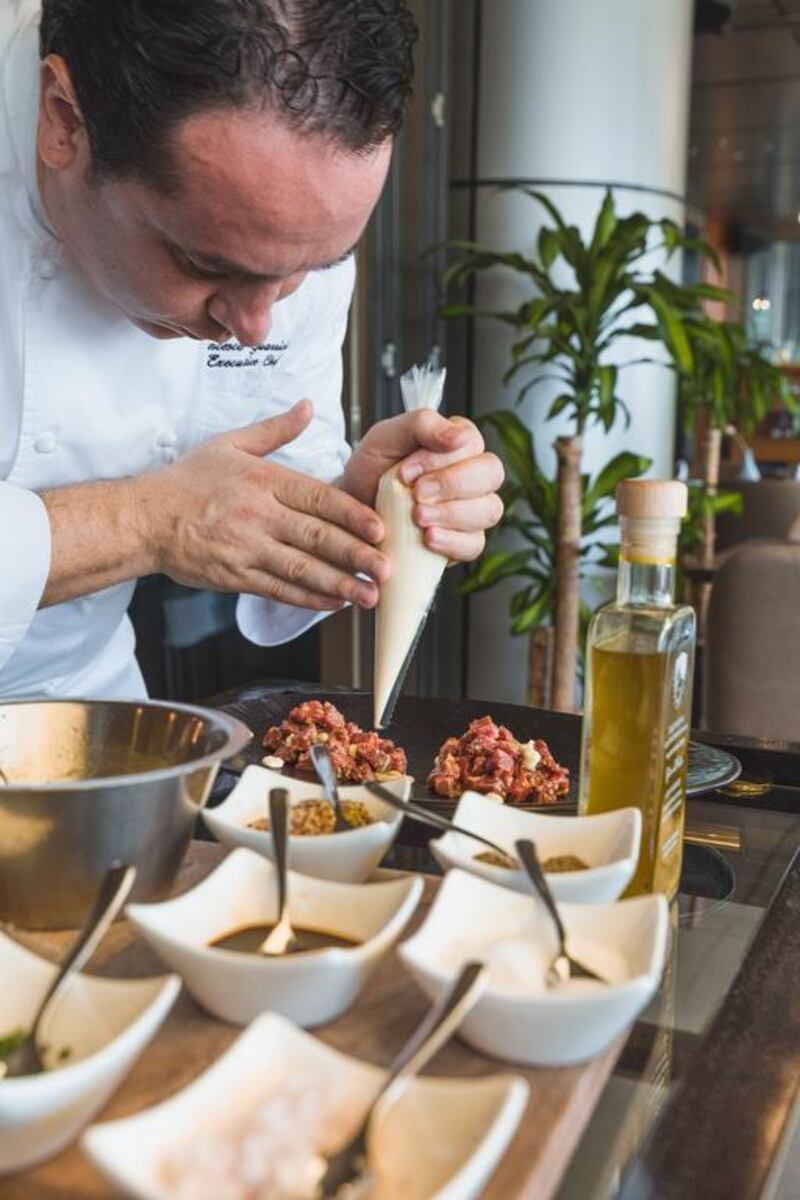In the highly competitive, fast-paced world of corporate lunches, diners don’t get a second chance to make a first impression.
“It’s incredibly rude to arrive late,” says Kaveeta Punjabi, managing director of consultancy KGPiee Etiquette Enhancers.
“You must turn up at least 10 minutes beforehand and when you hand over your business card use two hands with your name facing the other person. The Japanese started it and now it’s universal good practice. Using one hand is not acceptable. And maintaining eye contact is essential.”
While the invitation “let’s do lunch” might seem a relatively relaxing prospect – the reality can be quite different. The encounter is a minefield of manners and protocol, says Punjabi, particularly if the meeting is an interview, sales pitch or formal introduction.
“You must take your lead from the person who has invited you and never start eating before them,” she says, “When they finish eating, you finish eating.
“You also shouldn’t order à la carte if it’s a set menu, which business lunches often are. And as for mobile phones, never, ever have them on the table and definitely don’t answer them. Only food, crockery, glassware and cutlery should be on the table at any time – so handbags and even business-card holders should be out of sight too.”
Having first emerged in the 1980s, the business-lunch model is being rolled out at an increasing number of restaurants in Abu Dhabi and Dubai.
"Lunch is for wimps," said ambitious stockbroker Gordon Gekko, played by Michael Douglas, in the 1987 film Wall Street – but not anymore according to chefs in the UAE.
“Customers are really driving the popularity of business lunches right now,” says Francesco Guarracino, executive chef at Roberto’s Abu Dhabi. “Why? Because they know they’ll get a light, quick offering that is good value for money. With two courses costing Dh85, I think it’s brilliant value.”
Guarracino’s evening menu focuses on bold Italian flavours with fine-dining execution. His express corporate-lunch menu, in contrast, features delicate, easily palatable options such as soup, salad, fish and pasta.
“The emphasis is still on grandma’s home-cooked food with a twist, but lighter,” he says. “I change the menu weekly, and I’m jealous of my guests at 12 o’clock each day because I know the quality of the produce they’re getting for the price. I want to sit where they are.”
While most diners are familiar with the convention of holding a knife correctly and not talking with their mouths full, they might not know there are also specific food rules to follow for business lunches.
“If you’re inviting someone for lunch it’s important to take potential dietary requirements into consideration,” says Punjabi. “Find out if they are a vegetarian, for example. It’s also best to avoid complicated or messy dishes like spaghetti. While dining etiquette involves a lot of finesse, a business lunch is never elaborate, and whichever restaurant you’re in must be quiet enough for you both to talk.”
Having to sit through long-winded pitches or a corporate tête-à-tête with no goal or objective can be frustrating. The general rule is to keep things short and sweet, says Dubai-based designer Latifa Al Gurg of the label Twisted Roots.
“As a general guideline I’d allocate an hour to one-and-a-half hours, maximum,” she says. “It really depends on the business relationship. If it’s an introduction, a coffee is better and then a meeting might follow. If both parties have a specific business agenda then it’s much better to have lunch.”
As for the potentially awkward issue of who should pay, never presume you are being treated, even when you are the invitee.
“I always offer to pay, even if I’ve been invited,” says Al Gurg. “Whether they let me, depends. We live in a very cosmopolitan society.”
While some social customs are flexible, others are not, says the Emirati-Danish entrepreneur.
“For me, shaking hands at the start and end of the meal is fine,” she says. “But I know many women who, culturally, would either prefer not to or at least have the option with men. So if unsure, a man should wait for a lady to extend her hand first. And if she doesn’t want to shake hands, simply putting his hand on his chest is a good way to acknowledge that.”
Service of business lunches commonly ends by 2pm, so there is a proper way to wrap things up and follow up with your fellow diner the next day.
“I’d recommend sending an email and make it a short thank-you note,” says Punjabi. “If you’ve cracked a particularly big deal over lunch then a small token of appreciation is fine. Never flowers but, instead, an impersonal and corporate gift will do.”
rduane@thenational.ae






